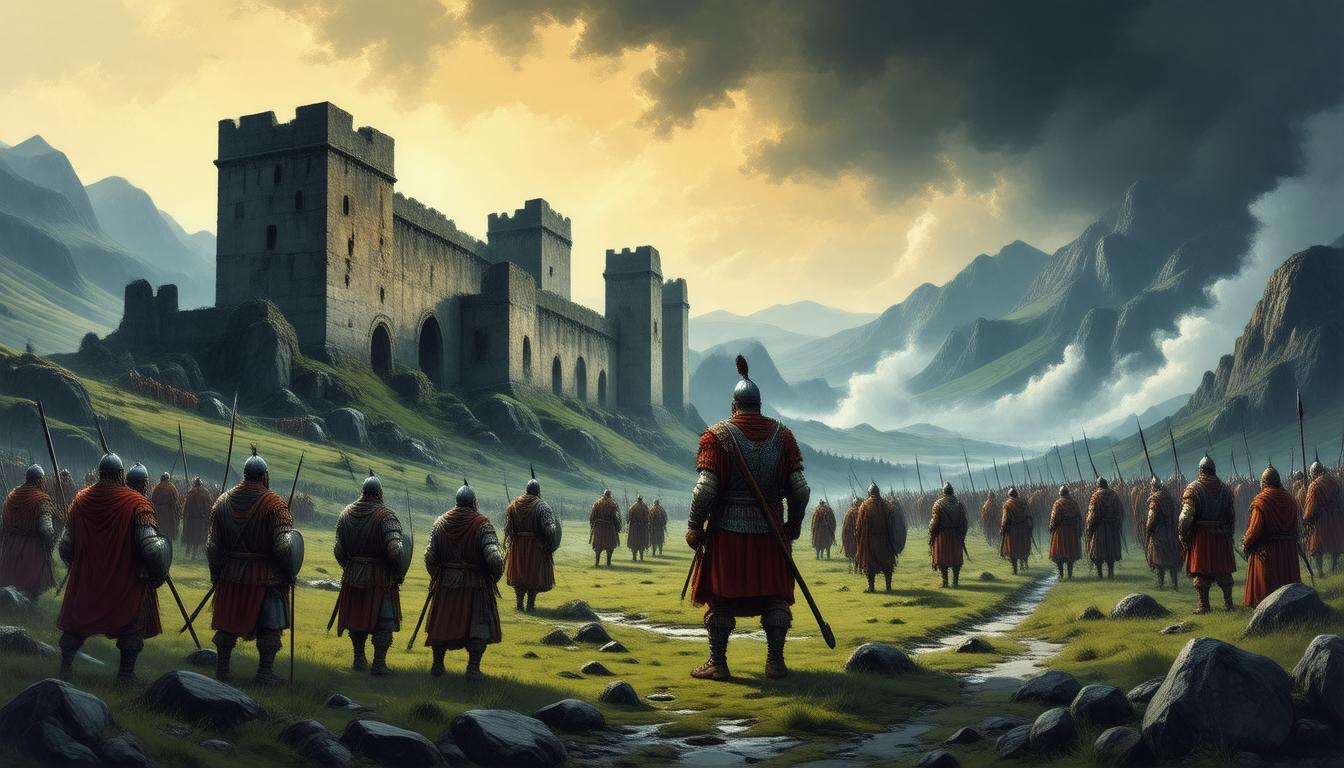When we envision life in Iron Age Britain, many of us might picture a warrior society dominated by male kings, tribal battles, and women relegated to domestic roles. This enduring stereotype, however, is increasingly being challenged by archeological research that suggests a much more nuanced social structure. Recent revelations highlight that Iron Age Britain may have been significantly influenced by women, with societal roles not as strictly defined as previously believed.
Prominent historical accounts have focused on figures like Boudicca, the queen of the Iceni tribe, who led a rebellion against Roman occupation in the 1st century AD. Contemporary sources, notably the Roman historian Tacitus, painted a picture of a society where women were subservient to men. Yet, a careful examination of both archaeological findings and historical texts leads us to question this perspective. As further excavations and genomic studies come to light, we are beginning to understand that women held a much higher status in Iron Age society than traditionally represented.
In recent years, research conducted by institutions like Bournemouth University has shed light on the Durotriges, a tribe in what is now Dorset. This group has long been perceived as resistant to Roman rule, a narrative propagated by early archaeologists. However, breakthroughs in research suggest a different relationship; the Durotriges may have been more focused on agriculture than warfare, welcoming the Romans instead of resisting them. This evolving viewpoint is rooted in the analysis of sites like the Iron Age settlement known as Duropolis, where excavations revealed long-standing habitation and community structure dating back to around 100 BC.
As archaeologists delve deeper, they have uncovered skeletal remains that reflect the complexities of Iron Age familial structures. The groundbreaking DNA analysis of these remains has indicated that many of the individuals were linked through maternal lines, suggesting a matrilineal aspect to inheritance that challenges the male-centric narrative of historical society. In fact, research indicates that the Y chromosome diversity in males suggests these men largely came from outside the community, likely marrying into existing households. This points toward a society that may have been matrilocal, where women had considerable autonomy in their families and heritage.
This reshaping of our understanding is not entirely new; many archaeologists have hinted at the social dynamics in which women played more significant roles. From observations made in the 1970s to modern studies, there is a growing body of evidence pointing toward a more egalitarian social format in Iron Age Britain. The richness of burial goods and the status associated with grave placements depict a society where ethnic and gender diversity were not only present but possibly celebrated.
Particularly relevant is the evidence of leadership among women, as highlighted by the reign of other influential figures like Cartimandua, the queen of the Brigantes, decades before Boudicca’s uprising. She managed to establish her strength in a time when much of Britain was under Roman influence, indicating that female leadership was indeed part of the social fabric.
As we move forward with new studies and analyses, the question remains: why did it take so long for this information to gain traction in the public consciousness? The answer appears to lie in long-standing gender biases that have persisted not only in historical narratives but also in modern interpretations of our past. It seems that popular culture, literature, and even educational curriculums have often reinforced these notions of a patriarchal society without adequately addressing the documented roles of women.
The revelations brought forth by examining the Iron Age in Britain give us an opportunity to reevaluate our previous understandings. As emerging research continues to unveil the complexities of these societies, it is essential to amplify these lesser-known narratives. Acknowledging the rightful place of women in the history of Iron Age Britain not only enriches our understanding of the past but also challenges the stereotypes that have persisted for too long.
In conclusion, as we unravel the mysteries of Iron Age Britain, we find that it is not a chapter defined merely by wars and kings, but rather a tapestry woven with the rich influences of both men and women. Embracing this broader perspective invites us to appreciate the full spectrum of human experiences in our history, ensuring that those once overlooked now find their rightful place in our narratives.
Ready to get in the game and start making money on Pump.fun? DogWif Tools is the #1 memecoin sniper tool for becoming a Pump.fun millionaire. Get DogWif Tools today and become a memecoin dev!








